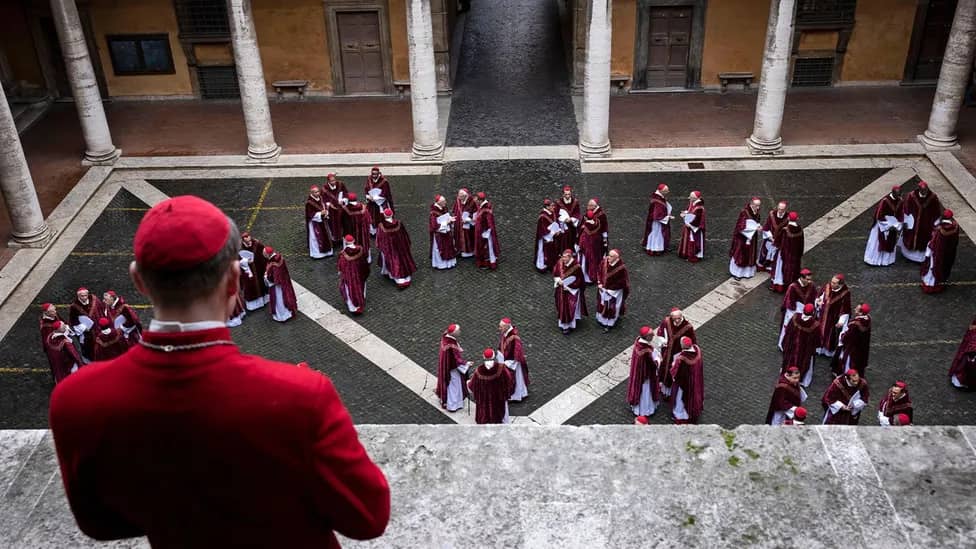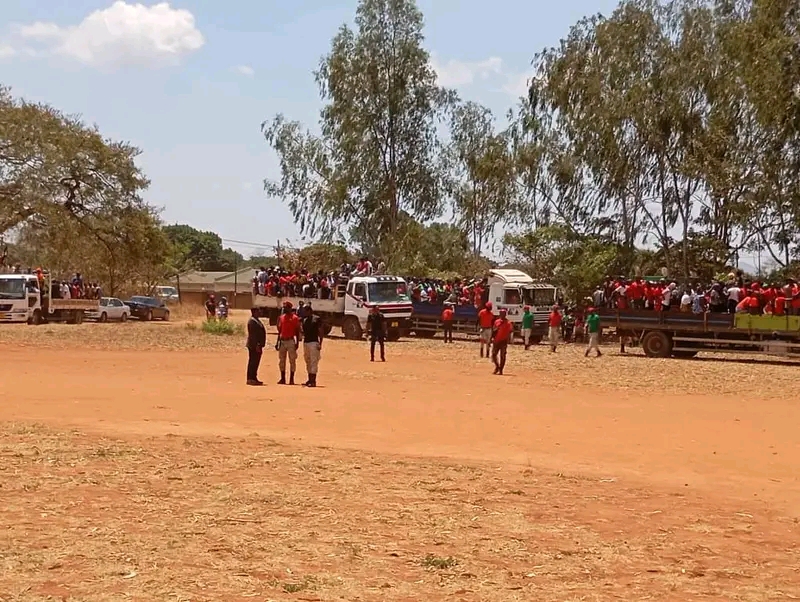By Burnett Munthali
For centuries, the election of a pope has been cloaked in mystery and governed by rigid protocols, but among the most curious of its elements is the strict regulation of food during the conclave. An analysis of this tradition reveals not only a fascinating culinary history but also the interplay between security, symbolism, and the Catholic Church’s public image.
Since the 13th century, when Pope Gregory X instituted rules to control papal elections after the notoriously long conclave of 1268–1271, food has been more than sustenance—it has been part of the institutional machinery that upholds secrecy and order. Gregory X’s regulations included rationing food to pressure cardinals into reaching a decision. After three days without a pope, meals were limited to one per day, and after eight days, only bread and water were allowed. These early austerity measures, although later relaxed, underscore how food was wielded as a political tool within the conclave setting.
The evolution of conclave dining practices over time illustrates a dual purpose: preventing external influence and internal collusion. The concern was that messages might be smuggled in ravioli or concealed within a roast chicken, prompting a tight surveillance of every dish. In Bartolomeo Scappi’s Opera Dell’Arte del Cucinare, the first known cookbook written by a practicing chef and a former cook for Popes Pius IV and V, the protocols for feeding conclave participants in the Renaissance are laid bare. Meals were delivered via a ruota (wheel) embedded in the wall, designed to prevent face-to-face contact between the cardinals and the kitchen staff. Stewards, guards, and food testers oversaw the entire process to ensure no subversive content slipped through.
Every culinary choice reflected a conscious effort to preserve the sanctity of the papal selection. No whole chickens were allowed, no closed pies, and all liquids were served in transparent containers. Napkins were thoroughly examined, as even folded cloth could be a carrier of illicit messages. Food, then, became a vector for both fear and control—a channel that had to be sterilized of all possibility for corruption or leakage.
In modern times, while the focus has shifted from parchment-smuggled messages to electronic eavesdropping, the Vatican still treats food with solemn caution during conclave periods. For the upcoming May 2025 conclave, 135 cardinals will again be secluded, this time housed in the Domus Sanctae Marthae. Their meals, prepared by nuns, will consist of simple regional dishes from Lazio and Abruzzo: boiled vegetables, lamb skewers (arrosticini), minestrone, and pasta. This simplicity is both practical and symbolic. It echoes the humility espoused by Pope Francis’s papacy and reaffirms the Church’s image of austerity amidst global scrutiny.
The symbolism of food in this sacred process is also magnified in popular culture. The 2024 film Conclave reimagines much of the political maneuvering not in the Sistine Chapel but in the dining hall. These portrayals align with historical reality: shared meals have always provided opportunities for informal negotiations, even under surveillance. Despite strict rules and absence of debate within the chapel, influence can be exerted in whispers over a bowl of soup or a plate of spaghetti.
The juxtaposition of ceremonial silence in the chapel and communal noise at mealtime emphasizes a paradox in conclave culture: while the official narrative demands divine guidance, human influence persists—discretely mediated through conversation and often, through food.
One might ask: why such meticulous attention to what the cardinals eat? The answer lies in the profound connection between physical nourishment and spiritual governance. In controlling what enters the conclave—be it food, words, or people—the Church attempts to curate the conditions under which the Holy Spirit is believed to inspire the decision. Even when the theological dimension is emphasized, the logistical realm cannot be ignored.
This analysis of papal conclave dining shows that even the mundane act of eating is laden with ritualistic and political significance. From the rationing of the Middle Ages to the transparent utensils of the Renaissance, and now to the electronically guarded kitchens of today, conclave meals have become a silent battleground for control, image, and influence.
Food, in the context of the papal conclave, serves as a lens through which we can observe the Catholic Church’s deep concern for tradition, security, and symbolism. It tells a story not just of what the cardinals consume, but of how an institution preserves sanctity while navigating the challenges of an ever-watchful world.




